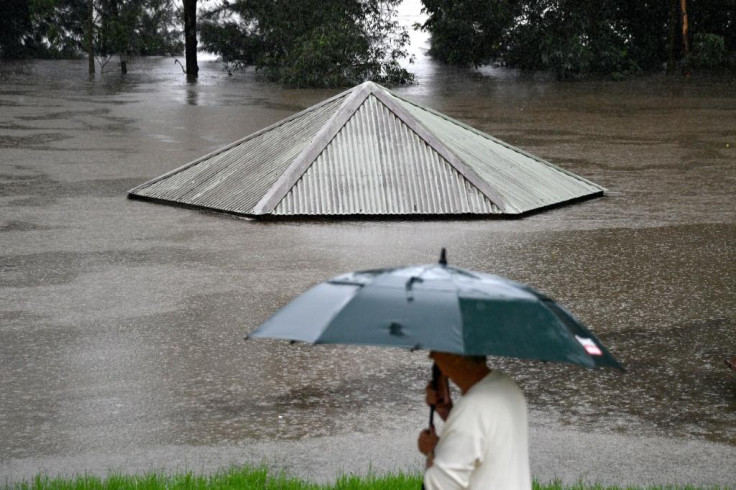Australia disaster: Fresh rain brings biggest flood in decades
Residents of official disaster zones are eligible for emergency government support payments of Aus$1,000 (US$770) per adult and Aus$400 per child.
Torrential rain lashed Australia's south east again Monday, worsening once-in-a-century flooding that has forced thousands of people to evacuate their homes and shuttered hundreds of schools.
The days-long deluge has inundated coastal areas of New South Wales, the country's most populous state, with parts of Sydney experiencing what officials predicted would be the biggest flood in decades.

On Monday, eight million residents were told to avoid unnecessary travel and work from home if possible, as some hard-hit areas received 25 centimetres (10 inches) of rain in 24 hours.
Just over a year ago the region was parched: suffering prolonged dought, water restrictions and unprecedented bushfires.
Scientists have warned Australia can expect to see more frequent and more extreme weather events as a result of climate change.

New South Wales Premier Gladys Berejiklian said about 18,000 people have been ordered to evacuate and 38 regions have been declared disaster zones.
"I don't know any time in a state history where we have had these extreme weather conditions in such quick succession in the middle of a pandemic," she said.
Emergency services have received at least 8,800 calls for help and rescued hundreds of people from floodwaters since the crisis began.

The state's Mid North Coast has been particularly badly affected, with Berejiklian declaring the region had been struck by a "one in 100 year" disaster.
In Sydney's vast Hawkesbury-Nepean Valley, swollen rivers were expected to peak at levels not seen since 1961, after the Warragamba Dam, the city's main drinking water source, spilled over Saturday afternoon.

Residents in some affected areas were allowed to return to their homes Monday after waters receded, but others were placed on high alert as their regions were impacted by rising waters for the first time.
Authorities have warned of a potentially "life-threatening" situation though so far there have been no reports of deaths or serious injuries.
"When you have been through three or four incidents that are life-changing on top of each other, it can make you feel like you are a breaking point," Berejiklian said.
"Please know that we are thinking of you and getting you support as much as we can."
Education authorities said more than 200 schools were closed, including some that had been damaged in the floods.
There were reports homes and businesses had also been damaged but Andrew Hall, CEO, Insurance Council of Australia said it was too early to understand the "extent of the damage to property in affected areas and to estimate the insurance damage bill".
Insurers had received more than 5,000 claims in the past few days, he added.
Residents of official disaster zones are eligible for emergency government support payments of Aus$1,000 (US$770) per adult and Aus$400 per child.
The Bureau of Meteorology has warned of "treacherous" conditions Monday before the wild weather is forecast to ease later in the week.
Rainfall records were forecast to continue tumbling in the coming days as the deluge spreads into the state's northwest, and further north into Queensland state where flood warnings were also issued.
Australia is due to begin the first major public phase of vaccine distribution on Monday, although the programme has slipped behind the government's announced timetable because of supply and delivery issues.
Copyright AFP. All rights reserved.
This article is copyrighted by International Business Times, the business news leader





















